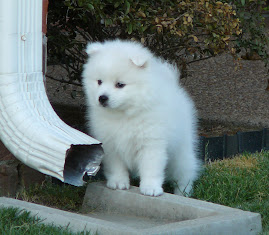Even for the friendliest of animals, introducing another pet into your home can cause stress. Questions of who ranks where in the pack can induce unwanted behaviors from both pets. But with a little patience and dedication on your part, even dogs and cats can become the best of pals. Just keep the following in mind when introducing another pet into your home:
- If introducing dogs, make sure the first meeting takes place on neutral territory, rather than in the home or on the property. Then, bring both dogs into the home together.
- Always supervise pets until you know how they will get along.
- Keep pets - including those of the same species - on opposite sides of a closed door to allow them to sniff each other without coming into full contact. Once they are comfortable with each others' scents, use a baby gate to visually introduce them to one another.
- Keep dogs leashed to maintain control during introductions to new people and pets.
- For new cats, consider creating a "refuge room" to which they can safely and comfortably retreat.
- Separate pets when leaving home. Provide each with necessities such as fresh water, food, bed, toys, litter box, etc.
* Information provided by VPI Pet Insurance
(www.vetpethealth.com / 866-vet-pets)












